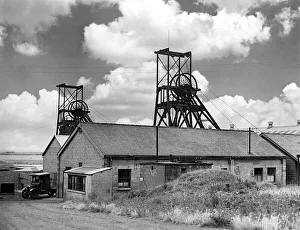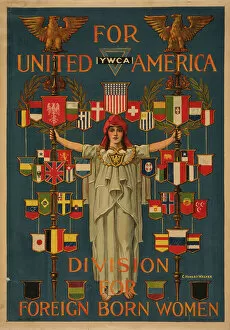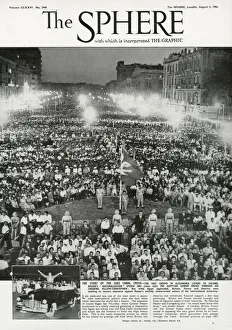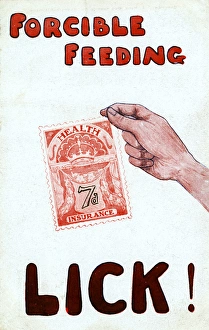Nationalisation Collection
"From Mining Tragedies to Social Reforms: The Journey of Nationalisation" In the 1930s, Chislet Colliery stood as a symbol of the tumultuous era
All Professionally Made to Order for Quick Shipping
"From Mining Tragedies to Social Reforms: The Journey of Nationalisation" In the 1930s, Chislet Colliery stood as a symbol of the tumultuous era, where nationalisation emerged as a potential solution to address the challenges faced by workers. The Easington Colliery mining disaster further highlighted the urgent need for change and safety measures within the industry. Meanwhile, across the Atlantic in 1919, United America's YWCA division aimed to empower foreign-born women through their vibrant colour lithograph. This depiction showcased how nationalisation could extend its reach beyond economic sectors and embrace social causes. Back in Britain, Lloyd George found himself confronted with threats of strikes from miners in April 1920. As tensions rose, his government contemplated nationalising coal mines to alleviate grievances and ensure fair treatment for workers. Across Europe, Greece held a reparation ceremony in Athens following events on December 1st. A colourful lithograph captured this momentous occasion when nationalisation became an instrument for reconciliation and unity under Allied flags. Moving forward into more recent history, Colonel Nasser's speech during the start of the Suez Crisis drew vast crowds in Alexandria. His words resonated with those who believed that nationalisation could bring about political independence and self-determination. National Health Insurance stamps served as tangible reminders of healthcare reforms tied to nationalisation efforts. These stamps depicted forcible feeding and urged citizens to take pride in contributing towards collective well-being – "Take a bit of licking. " Amidst all these transformations brought forth by nationalisation, Joe Baksi enjoyed his canteen lunch after descending into the depths of a coal mine alongside Laurence. Their camaraderie exemplified how shared experiences fostered solidarity among workers amidst changing times. Looking back at history reveals that even during turbulent periods like the French Revolution in 1789, satirical illustrations portrayed clergy leaving churches due to expropriation and nationalisation.













